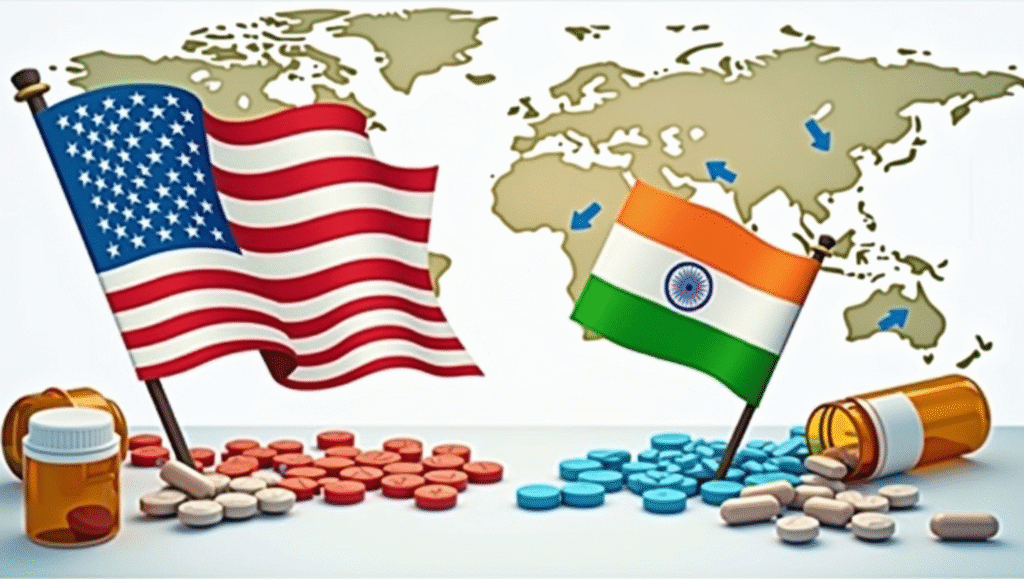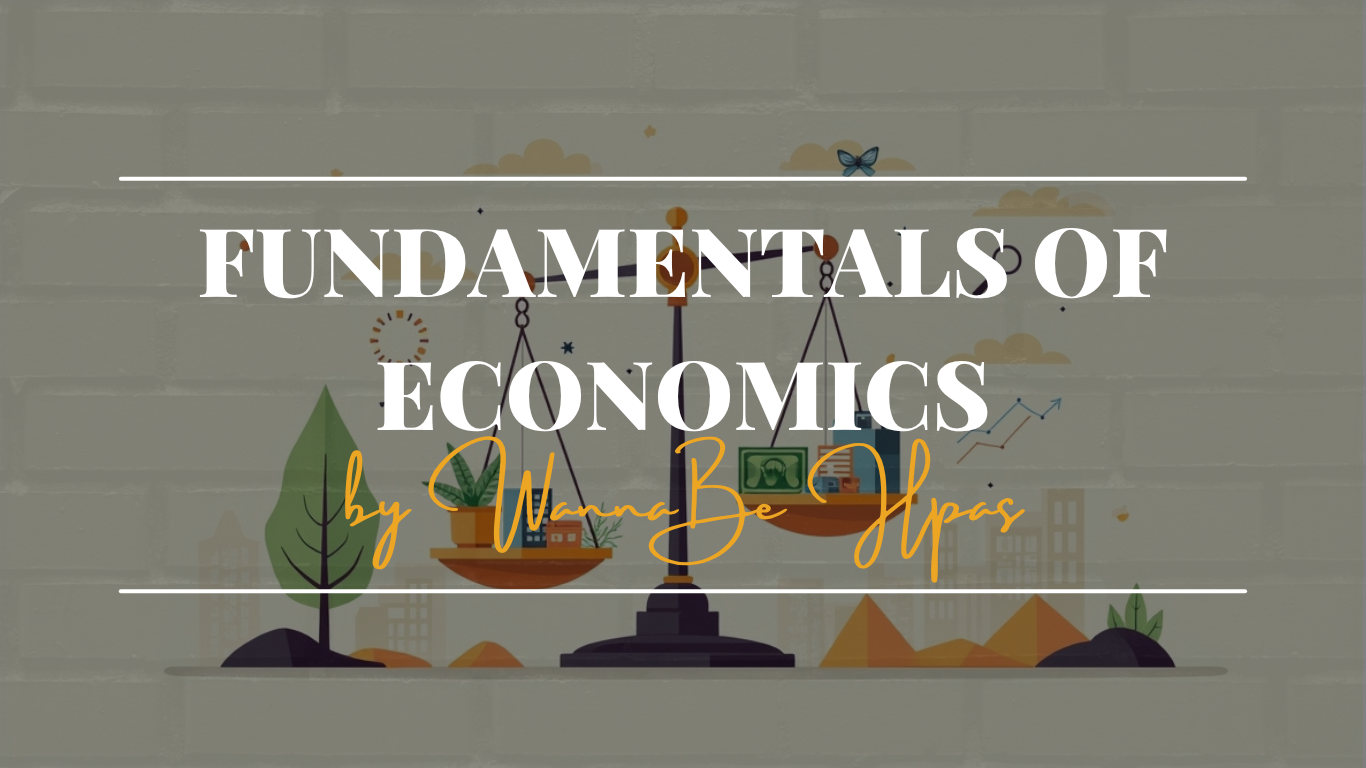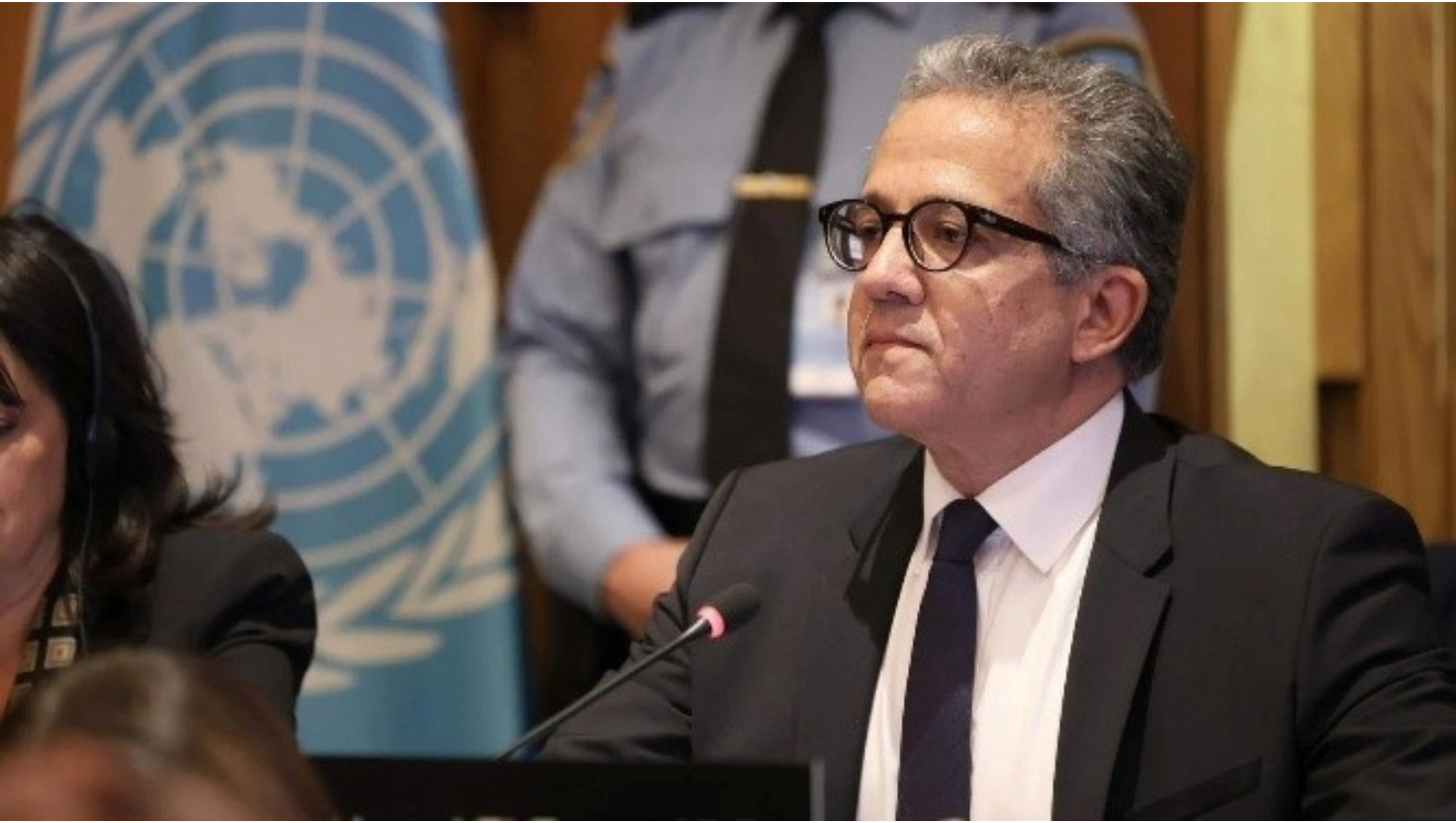US Tariff Shock on Pharma: Implications for India
Syllabus: Foreign politics and India’s interests (UPSC GS II)
Source: TOI
Context
In September 2025, US President Donald Trump announced steep new tariffs — 100% on branded or patented pharmaceuticals, 50% on kitchen products, and 25% on heavy trucks. These moves highlight how US trade policies can impact global markets, especially India’s export-driven pharmaceutical sector.
Background of US Tariffs
- Legal Basis: Section 232 of the US Trade Expansion Act (1962) allows tariffs if imports threaten national security. The Trump administration increasingly uses this route as other tariff powers face court challenges.
- Past Targets: Steel, aluminium, auto parts, and copper.
- Nature of Current Tariffs: Focused on branded and patented medicines, not generics. This reduces direct impact on India but raises uncertainty for “branded generics.”
Impact on India’s Pharma Sector
- Export Dependence: The US is India’s largest pharma market (~USD 8 billion annually), accounting for 40% of exports.
- Stock Market Reaction: Pharma indices dropped due to fears of lower margins and uncertain earnings.
- Differential Impact: Patented drug exporters face more risk, while generic makers may escape the direct tariff hit but remain vulnerable in supply chains.
- Long-term Risks: Rising US protectionism may weaken India’s position as the “pharmacy of the world.”
Broader Trade Dimensions
- India–US Relations: Tariffs add to earlier trade frictions like steel tariffs, GSP withdrawal, and visa restrictions.
- Global Trade Trends: US tariffs show a shift towards unilateralism over WTO-led multilateralism, with possible future targets in semiconductors, electronics, and medical devices.
Policy Options for India
- Trade Negotiations: Push for tariff exemptions through bilateral talks or phased implementation.
- Market Diversification: Reduce dependence on the US by expanding exports to the EU, Africa, Latin America, and ASEAN.
- Domestic Reforms: Strengthen PLI incentives, improve ease of doing business, and speed up drug approvals.
- Innovation Focus: Invest in R&D for new molecules, biosimilars, and global research collaborations.
Economic and Strategic Implications
- Economic: Short-term fall in exports and market value; medium-term push for innovation and new trade linkages; possible job losses.
- Strategic: India’s credibility as a reliable health supplier may be tested; trade disputes may strain strategic trust with the US.
- Public Health: US consumers may face higher drug prices, potentially disrupting global medicine supply chains.
Way Forward
- Short-Term: Engage in diplomatic lobbying and explore WTO dispute mechanisms.
- Medium-Term: Strengthen R&D and expand South-South pharma trade partnerships.
- Long-Term: Position India as a leader in biopharma and biotechnology, not just generics, and diversify supply chains for resilience.
Conclusion
The US tariff shock shows how vulnerable India’s pharma exports are to global policy shifts. With economic nationalism on the rise, India must diversify markets, push innovation, and build resilience to safeguard its position as the global pharmacy.











